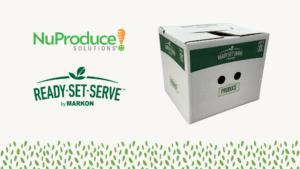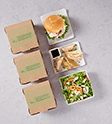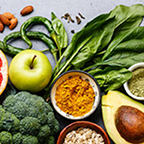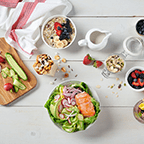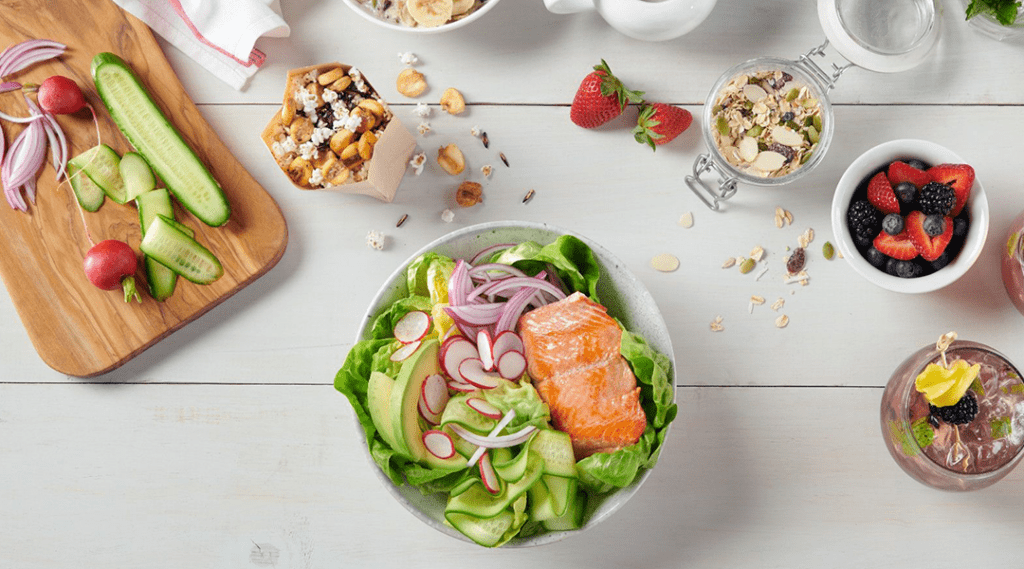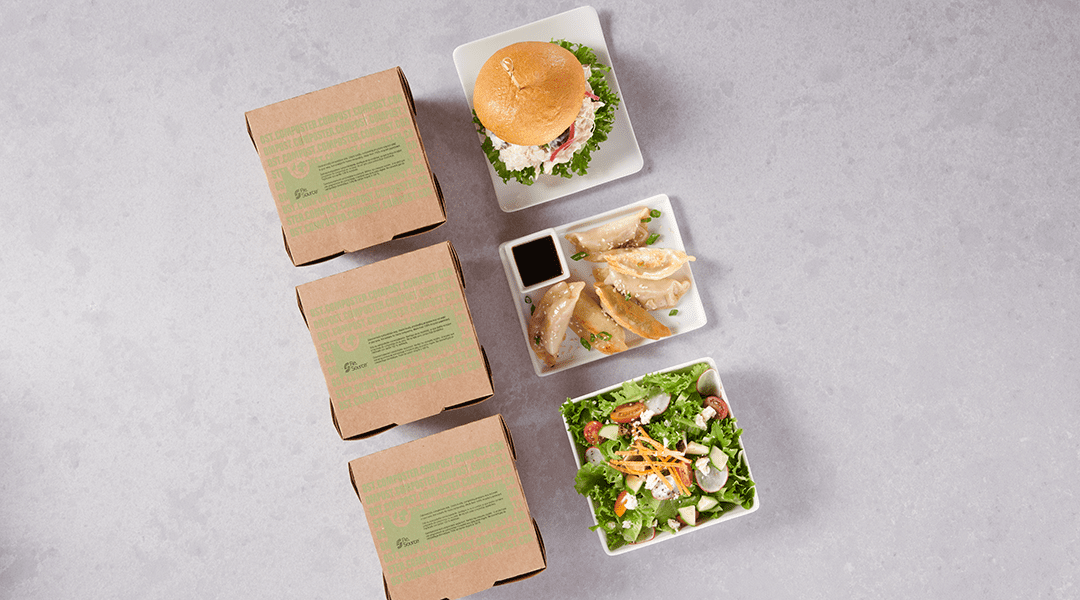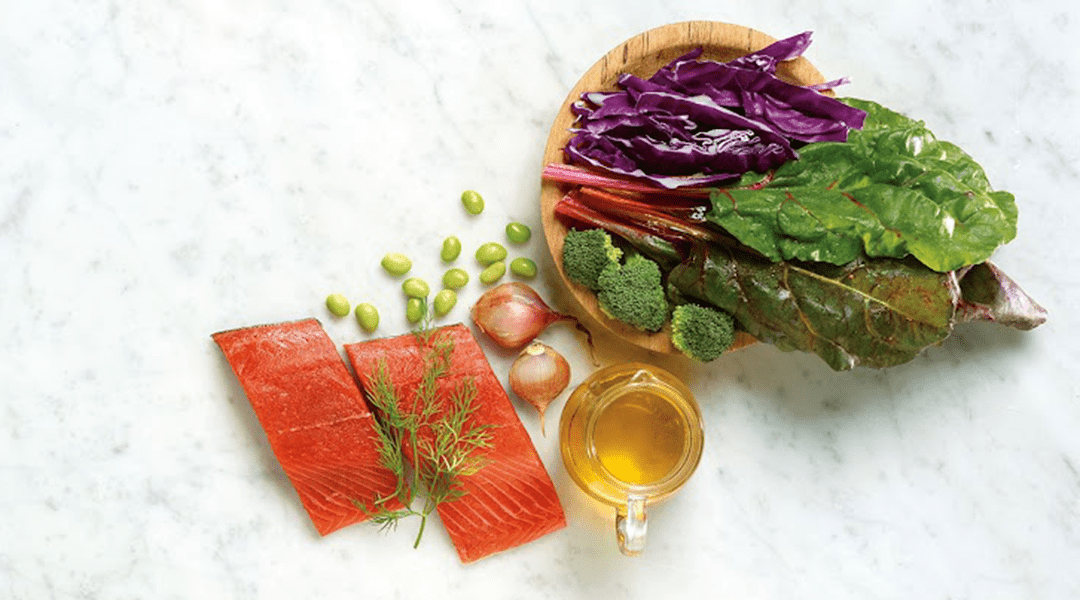Whoever coined the phrase “lazy days of summer” never worked in education foodservice. Even though the student cafeteria routine takes a break during June, July, and August, it’s no time to rest for education foodservice directors. In fact, summer and the start of the school year are the busiest times.
Summer vacation for kids is back-to-school time for foodservice directors. It’s time to hit the history books and review what worked and what didn’t last year. Add in a little math homework by analyzing operational data, and follow that up with a writing exercise—preparing your menu and thinking about the bid you’ll have to submit in the spring. Everything that gets accomplished during the summer and at the start of the school year reduces your workload and allows you to focus on serving delicious and nutritious school meals.
Start with a refresher course
Begin the process by taking a look at what foods, programs, and services you used last year, says Nicole Nicoloff, Gordon Food Service Education Segment Manager.
“You can learn a lot from past practice—did you buy what was on your bid? Are students participating?” Nicoloff says. “Look at where you have allocated commodity dollars so you don’t leave any money on the table.”
Even though the 2019-20 bids are in, Nicoloff says the really savvy foodservice directors are already looking ahead at their 2020-2021 bids. The ones that compare the past can make more accurate projections about the future, she says, and programs that take this approach are the ones who manage budgets the best and don’t see a drop in participation rates.
Take a look at your data
When studying last year’s program, pay special attention to data. The numbers may reveal surprising facts about your operation. Data from POS systems and other technology can guide decisions on everything from the bid process to menu management to waste reduction.
The new Gordon Food Service Commodity Management Application tool is a great way to get the year off to a good start. This app tracks USDA commodity food orders and links to other tools you may already use, such as Recipe Manager, Inventory Manager and My Account. Using it to view commodity balances, conduct real-time tracking of entitlement dollars, and independently monitoring individual ingredients can be a real time-saver during the hectic start to the school year.
Another great reason to rely on data is benchmarking. The start of the school year is the perfect time to start measuring food cost per meal, labor cost per meal, non-food cost per meal, and meal count per labor hour. If you’ve done this in the past, you can compare your efficiency to last year or to an annual average. If you’re just starting data analysis, many POS systems are equipped to provide benchmarks says Ben Gardner, Gordon Food Service Customer Intelligence and Strategy Analyst.
“I’ve spoken with operators who have integrated end-to-end data analysis and activity reports,” Gardner says. “Throughout the year they are using production information to make their operation as efficient as possible.”
Make time to look ahead
If you have reviewed past practices and have solid data in hand, you’re not only ready to address the current school year, but the next school year as well. Once you finalize the fall menu, you can make sure your orders are lined up to supply the food and your staff is lined up to create it.
Starting with the first day of service, Nicoloff says, listen to what students are saying, watch what they’re eating (and throwing away), and use this knowledge as background for your spring bid.
“Start thinking about new commodities in the fall,” Nicoloff says. “Reach out to manufacturers and brokers, get samples, do taste tests and find which items might work on your menu.”
There’s even time, she points out, to change out slow-moving menu items this school year. And preparation makes perfect—if a producer has a shortage or price changes become a threat, knowing alternatives makes substitutions easier and can prevent headaches.
Timing is everything for a successful program. Just as cycle menus can help manage product ordering and usage, creating a cycle for assessing, analyzing, writing menus and sampling new products will set you up for getting the new year off to the right start.


